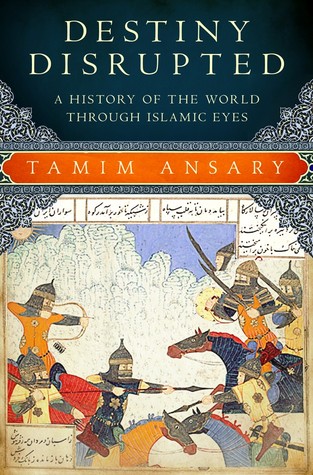Darius (“the Great”), who brought the Persian Empire to one of its several peaks, had his life story carved into a rock at a place called Behistun. He had it inscribed in three languages: Old Persian, Elamite, and Babylonian, fifteen thousand characters devoted to Darius’s deeds and conquests, detailing the rebels who had tried and failed to topple him and the punishments he had meted out to them, essentially communicating that you did not want to mess with this emperor: he’d cut off your nose, and worse. Nonetheless, citizens of the empire found Persian rule basically benign. The well-oiled
...more
Welcome back. Just a moment while we sign you in to your Goodreads account.


